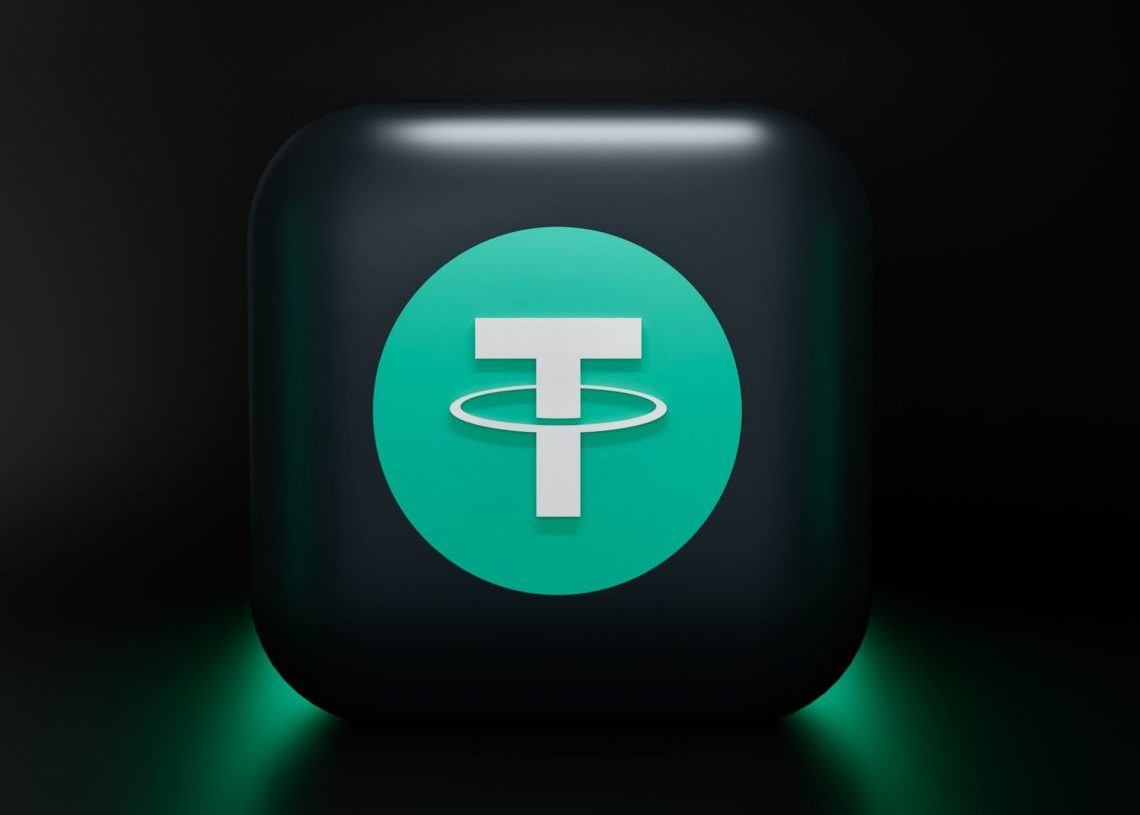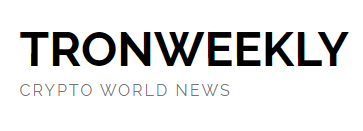You are here: Home / News / Tether CEO Stresses USDt’s Global Financial Inclusion Amid Efforts to “Kill Tether”

February 26, 2025 by Sheila
- Tether supports 400M users globally, expanding financial access across emerging markets.
- USDt holds over $115B in US Treasuries, making the company the 18th largest holder.
- Tether faces regulatory scrutiny in EU and US, impacting its market operations.
Paolo Ardoino, CEO of Tether, addressed mounting challenges to USDt, the world’s leading stablecoin, in a February 25, 2025, X post. He alleged that rival firms pursue a “Kill Tether” agenda, relying on regulatory pressure rather than innovation. With a market capitalization exceeding $142 billion, USDt surpasses Circle’s USD Coin, which is valued at $56 billion. Ardoino highlighted Tether’s role in serving over 400 million users, particularly in emerging markets.
The company’s vast network includes digital remittance platforms and thousands of physical kiosks across Africa and South America. This infrastructure supports financial access and drives USDt’s growth, adding 35 million new wallets each quarter.
Regulatory Pressures and Proposed US Stablecoin Bills
The European Union’s Markets in Crypto Assets framework which became effective in late 2024, imposes a hurdle for Tether to operate within EU as its regulation approved listing 10 stablecoin issuers while excluding Tether. Exchanges like Kraken and Crypto.com plan to delist USDt by March 31, 2025, to comply with MiCA rules. This shift forces users to switch to compliant stablecoins, potentially disrupting the company’s European market share.
According to Ardoino, the company holds over $115 billion in US Treasuries, making it the 18th largest holder of these assets. In the US, proposed legislation like the GENIUS Act and STABLE Act aims to regulate stablecoin issuers more closely. Vance Spencer of Framework Ventures noted that these bills might block foreign issuers from accessing US Treasuries. He argued this could weaken the dollar’s global influence. Ardoino agreed, stating that such measures threaten the liquidity USDt provides to developing economies.
The Future of Tether in a Shifting Regulatory Landscape
Ardoino emphasized Tether’s dedication to extending financial services to people who lack access to traditional banking structures. The company focuses its efforts on building infrastructure for USDt expansion by working with communities that lack formal banking services. This approach facilitates payments and remittances, fostering trust in both USDt and the US dollar. Tether’s growth reflects its success in meeting these needs.
Despite regulatory setbacks, the company pledges to stand firm against opposition. Ardoino labeled competitors’ tactics as “lawfare,” claiming they endanger vulnerable populations for market dominance. He emphasized that the company’s extensive support network will help it weather these challenges. As stablecoin regulations evolve the industry awaits the outcome of this clash between innovation and oversight.

 7 months ago
39
7 months ago
39




 English (US) ·
English (US) ·